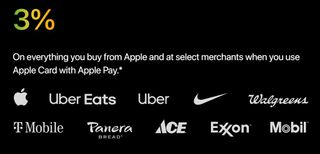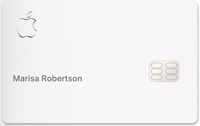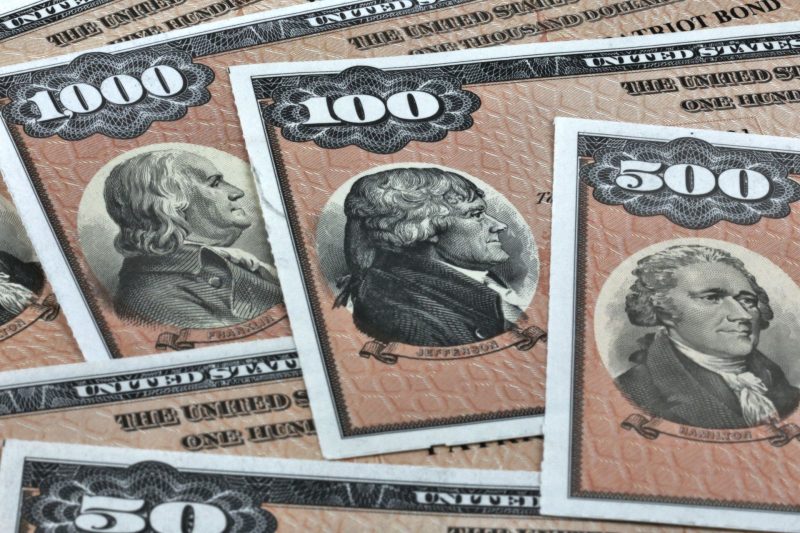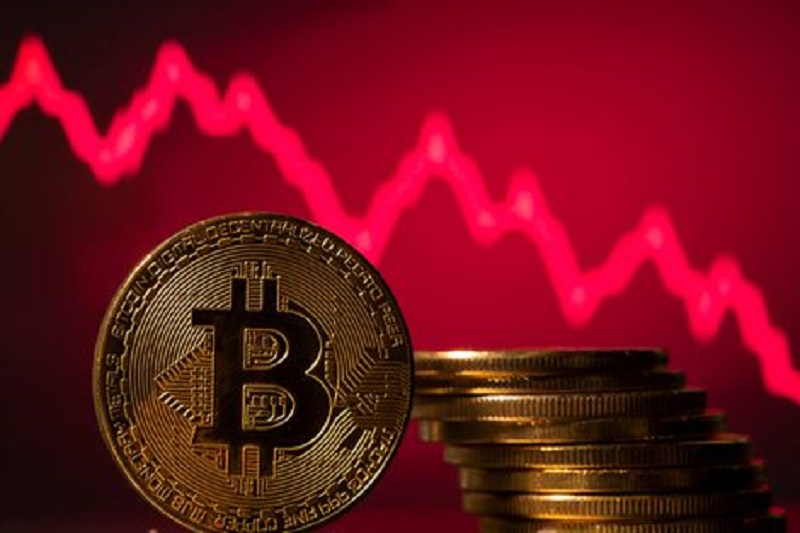Apple Card Review: Should You Get One?

Summer shopping in the city
Disclaimer
We may get compensation if you visit partner links on our site. We may not cover every available offer. Our relationship with advertisers may impact how an offer is presented on our website. However, our selection of products is made independently of our relationship with advertisers.
The Apple Card is a sweet deal for the iPhone crowd, with some caveats. To get the greatest value from this credit card, you’ll need to pair it with the wallet app called Apple Pay and an Apple device to make purchases, such as an Apple Watch, iPhone or iPad.
In exchange for your fealty to Apple, you get 3% cash back on purchases of Apple and select other products, 2% back on most purchases, and 1% back if you use your card alone, without using Apple Pay.
Best of all? The cash back hits your Apple Cash account every day, unlike many cards that make you wait for your rewards until after you have paid your monthly bill. And by linking your Apple Cash wallet with a high-yield Apple Savings account (with an attractive interest rate of 4.1%), you can start saving your cash back seamlessly at a competitive interest rate.
Apple Card overview
This card is designed for fans of Apple products. When linked with Apple Pay, the card gets 3% cash back from Apple Store purchases, Uber and other merchants, 2% back at all other merchants that take Apple Pay and 1% back when using the card alone. Cash rewards are deposited daily in an Apple Cash or Apple Savings Account.
Apple Savings account rate: Recently 4.1% APY.
Annual fee: None.
Sign-up bonus: None.
Interest rates: Variable APR of 18.74% to 28.99%.
” data-widget-type=”deal” data-render-type=”editorial”>
Pros
Cons
Current 3% back partners
Here are the recent merchants that pay 3% back when you pay with your Apple Card with Apple Pay. Note that these partners may change.

Who should get the Apple Card?
The card is best for people who have had an iPhone for a while and are committed to staying within the Apple product ecosystem. Better yet, if your spouse or family are also on iPhones, you can share the card with your family. You can share the card with another adult as a co-owner. And you can sign up anyone aged 13 to adult as a participant (similar to an authorized user). When used thoughtfully, credit cards for teens or young adults can help them build credit and learn the ropes of managing a credit card with some guardrails in place.
Rewards cards dos and don’ts
As with any rewards credit card, be sure to weigh these benefits against fees — although there are happily none in this case — and make sure you understand how to use the card effectively.
In addition, while reward credit cards are great if you use them wisely, always pay them off in full and on time each month to avoid interest, which can dwarf any rewards you earn. Don’t change your spending habits to chase credit card rewards. That’s a slippery slope that can lead to overspending.
If this is your first foray into credit cards, or you just want a refresher, make sure you know how to choose a credit card. And ensure you understand what counts as a good credit score.
Disclaimer
As an independent publication dedicated to helping you make the most of your money, the article above is our view of the best deals and is not the opinion of any entity mentioned such as a card issuer, hotel, airline etc. Similarly, the content has not been reviewed or endorsed by any of those entities.








